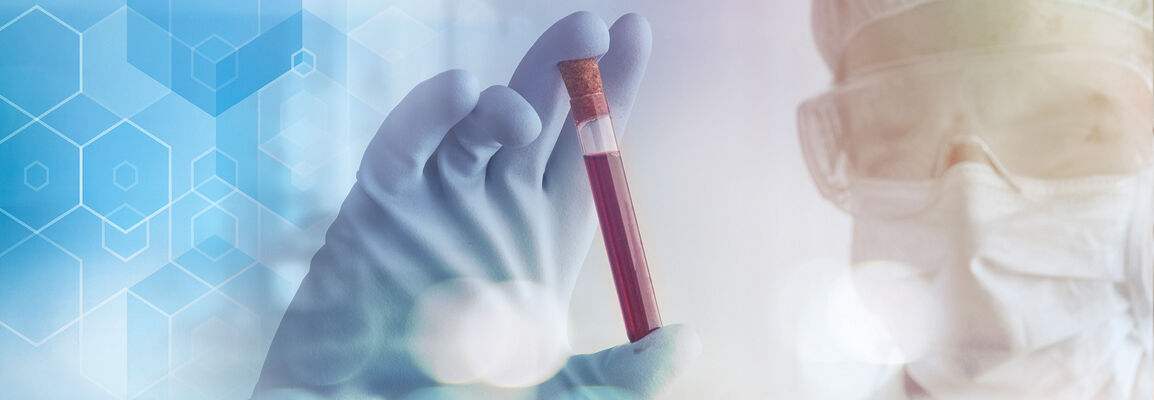NMR in the World of Biobanks
When samples become more reliable, comparable and more robust, the possibilities are almost endless. Biobanks, laboratories, clinics, and research institutions will be able to achieve so much more in less time.
Disease maps can be drawn up, perceptions about health effects caused by genetics can be altered, and environmental decay can be slowed down or reversed. Researchers could more accurately investigate how food, drugs and the environment influence the health of human beings.
How can all this be achieved?
NMR (Nuclear Magnetic Resonance) is the technology that enables researchers to measure about 10.000 biomarkers at once – with a very simple sample preparation, and it is following SOP.
How NMR technology is different from other technologies
- Better results
Sample quality and analysis are done with Standard Operation Processes (SOP), therefore researchers will be able to deliver comparable, reliable and robust results.
- Lower sample cost
With NMR, researchers are able to analyze 220 biomarkers in one aliquod at once - without any addings. Currently, the technology to analyze much higher volumes is available, but costs would soon skyrocket.
- Non-invasive
When using other measurement methods, additional substances or processes are necessary before a sample can be analyzed. With NMR, this is not necessary. Pure samples are taken as they are, so researchers can generate more reliable results instantly.
